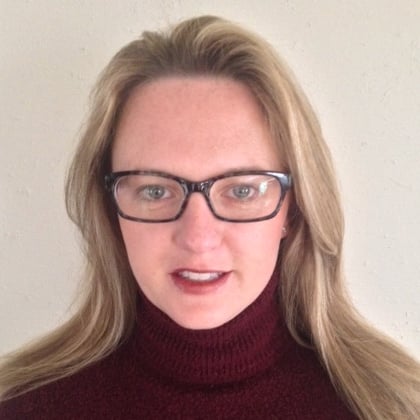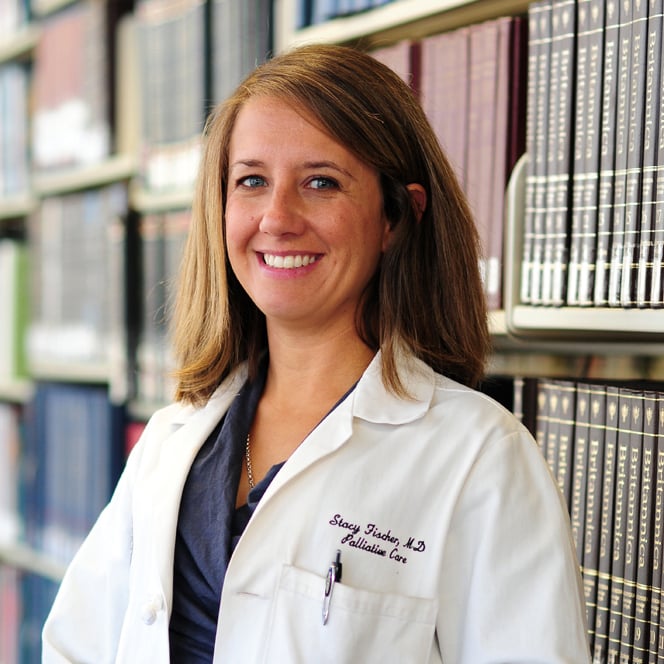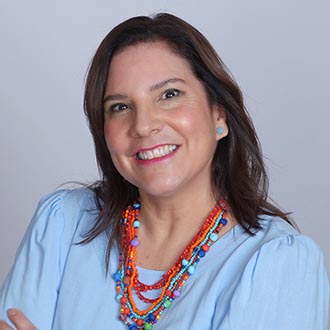A cancer diagnosis can be difficult to work through in the best of circumstances, but factor in barriers related to language, insurance status, educational achievement, geographic location, income level, and more, and the cancer journey — everything from prevention and screening to diagnosis and treatment — can become nearly impossible to traverse.
Enter the patient navigator — a specially trained health worker who offers individualized assistance to patients, families, and caregivers negatively affected by health disparities to facilitate timely access to quality health and psychosocial care.
Patient navigation is one of the few interventions that has proven to be effective in increasing access to and completion of cancer screenings and treatment in populations adversely affected by health care disparities, including racial and ethnic minority populations, immigrant and refugee populations, low-income populations, and underserved rural populations.
Thought leadership on navigation
In June, members and leaders from the University of Colorado Cancer Center and Colorado School of Public Health (ColoradoSPH) were primary contributors to a supplement in the American Cancer Society’s Cancer journal that outlined the impact of patient navigation and the critical role it plays in improving outcomes for cancer patients. The collection of 13 articles was published by the National Navigation Roundtable (NNRT), an organization chaired by Andrea Dwyer, director of the Colorado Cancer Screening Program (CCSP) at the CU Cancer Center and senior professional research assistant in ColoradoSPH.
“Navigators can be within systems where treatment, prevention, early detection, and even survivorship care is deployed,” Dwyer says. “The articles speak to that continuum, but one of the things that's central to all of the articles is, what do we know about how navigation is being implemented? How are the navigators being funded? What patient population are they serving?”
Dwyer is the lead author on the articles “Collective Pursuit for Equity in Cancer Care: The National Navigation Roundtable,” which describes the role of the NNRT and details recent advancements in patient navigation, and “What Makes for Successful Patient Navigation Implementation in Cancer Prevention and Screening Programs Using an Evaluation and Sustainability Framework,” which explains the role of patient navigators in the CCSP and the success the program has had in increasing endoscopic screening in medically underserved populations.
“The best evidence that navigation works is in prevention and early detection,” Dwyer says. “Data is still emerging on the impact of navigation in the treatment realm and throughout the rest of the continuum.”
The effects of COVID-19
CU Cancer Center member Patricia Valverde, PhD, MPH, clinical assistant professor of community and behavioral health and interim director of the Latino Policy and Research Center for ColoradoSPH, was the lead author on the article “Flexibility, Adaptation, and Roles of Patient Navigators in Oncology During COVID-19,” which goes into detail on the results of a national survey the NNRT conducted to study the impact of COVID-19 on cancer care and patient navigation during the first six months of the pandemic.
“Within our workforce, we were hearing stories of navigators losing jobs, being furloughed, or not really being used during the very early days of the pandemic,” Valverde says. “We thought that was crazy, because navigators should be on the front lines. Their skills and knowledge should be used.”
To find out more, the NNRT created a survey that received more than 200 responses from navigators whose duties had changed during the first half of 2020. Many moved away from cancer-related services and received new training on COVID-19 and telehealth. Still working within medically underserved communities, the navigators addressed myths related to mask use, COVID-19 spread, disbelief, risk, clinical changes, transmission prevention, finances, and politics.
“They all had new duties related to the pandemic, which is excellent,” Valverde says. “That's what we wanted. We wanted to see that navigators, because of their skill set, could be flexible and adaptable and move into talking to community members and patients about any kind of situation.”
Training and survivorship
Valverde also is director of the Patient Navigator Training Collaborative in the Center for Public Health Practice at Colorado SPH. One of the country’s largest training centers for patient navigators, the center has a focus on topics including health promotion, motivational interviewing, professional boundaries, care coordination, and locating resources.
“Cancer treatment is so complicated, and the navigator guides the patient on what to expect next,” Valverde says. “That can be help understanding test results or helping them prepare for meetings with their doctors so that they understand their treatment options. Navigators can also help with copay assistance or the cost of some drugs.”
Survivorship has become a bigger focus for navigators in recent years, Valverde says, as advances in treatment mean that people with cancer are living longer lives.
“Survivorship services are needed to support people after their cancer treatment because there are ongoing side effects,” she says. “There's the ongoing need for follow-up screening; many cancer survivors continue taking medication for many years after their initial treatment.”
Survivorship services also help patients who had come to rely on daily or weekly support throughout their treatment — and face the loss of that support once their treatment ends.
“They're still experiencing the side effects of treatment, but they don't have that interaction with the clinical team,” Valverde says. “That's what survivorship support is, is that ongoing sense of, ‘We're still here for you, let us know when you have issues, here's what to expect.’”
A grant for infrastructure and coordination
The patient navigation program within the CU Cancer Center and its clinical care partner, UCHealth, got a boost in June with a $300,000, three-year grant from the American Cancer Society. Focused on infrastructure, the funds will help to standardize the role of the patient navigator across multiple care sites, as well as to develop trainings and improve reporting.
“We have a number of patient navigators in oncology throughout the UCHealth system, but each program has grown up organically, and there’s not a synchronized workflow across the system,” says Stacy Fischer, MD, co-leader of the Cancer Prevention and Control Program at the CU Cancer Center. “The opportunity this grant affords us is to look at what the navigators are doing in each location and build synchronicity to increase our impact — for not just our health care system, but for patients.”
That includes creating synchronized job descriptions and metrics that can be used to track the effectiveness of patient navigators, including identifying barriers to treatment and tracking how those barriers are addressed. All are beginning steps to ensuring navigators are able to continue helping those from medically underserved populations access the care and services they need.
“The next step in realizing the value of patient navigation is being able to sustain navigation, to pay patient navigators fair and equitable wages, consistent implementation of navigation, and allowing the entire care and medical team to work at the top of their licensure. The efforts at the University of Colorado Cancer Center and Colorado School of Public Health are strong contributors to ensure navigation is a reality for cancer patients most in need,” Dwyer says.






.png)